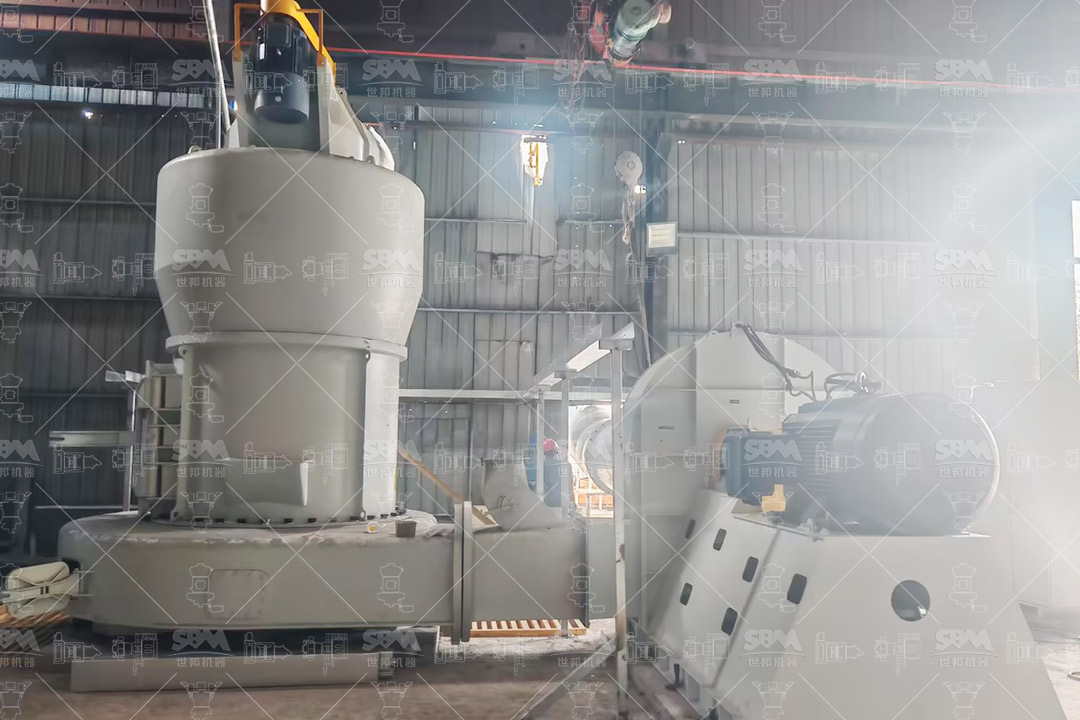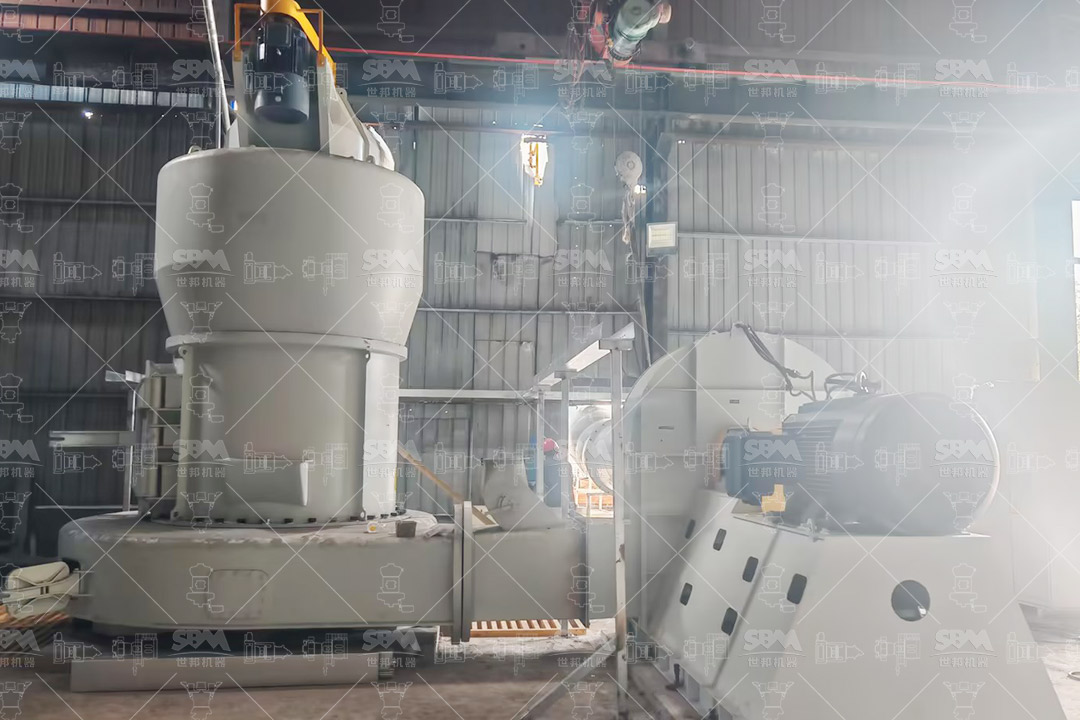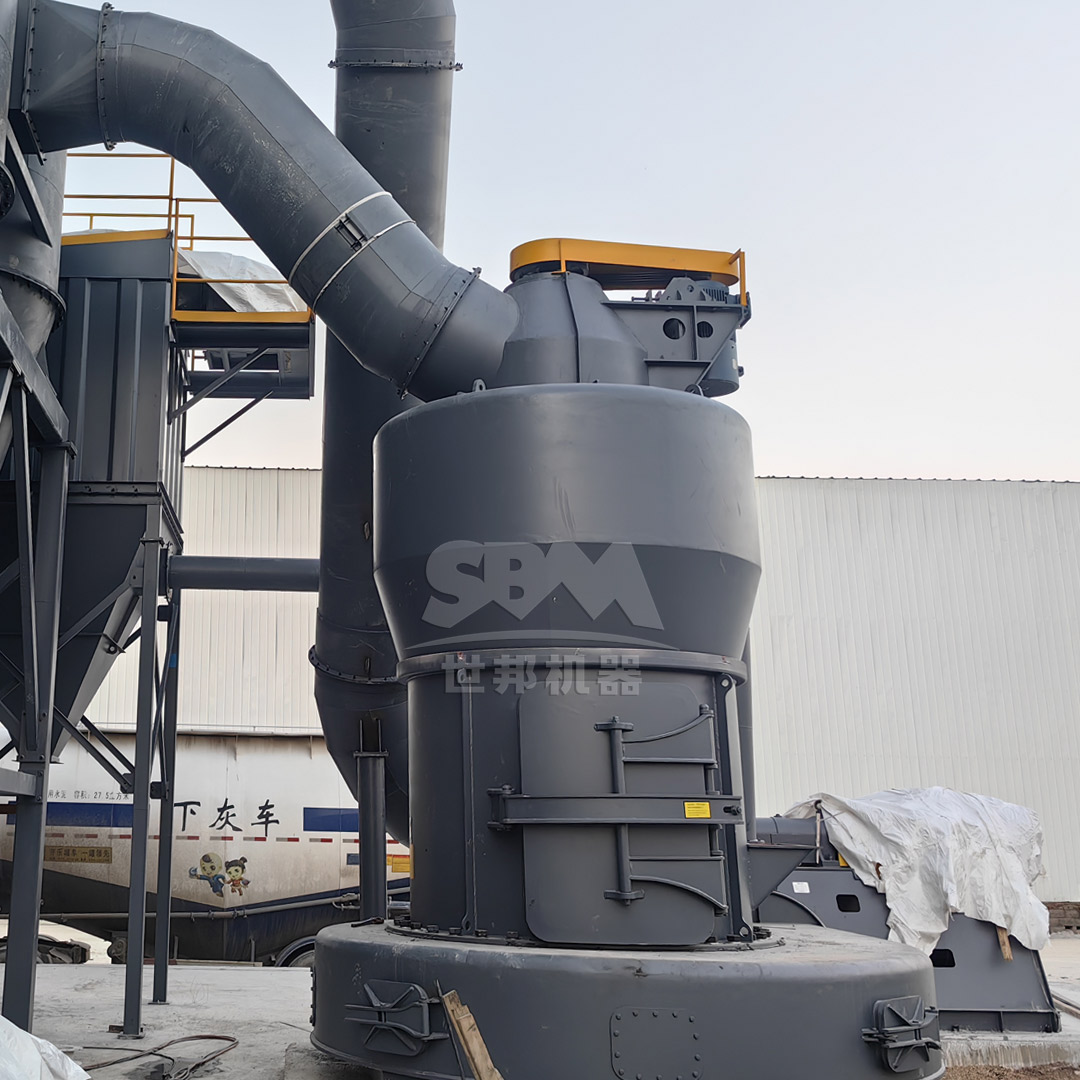The paper manufacturing industry is in a constant state of evolution, driven by demands for higher quality products, increased production efficiency, and a reduced environmental footprint. A critical component in achieving these goals lies in the use of functional fillers, with ultra-fine calcite powder (calcium carbonate) emerging as a premier choice. This naturally abundant mineral, when processed to a precise micron-level fineness, transforms paper properties, optimizes production costs, and supports sustainable manufacturing practices. This article explores the pivotal role of ultra-fine calcite powder in modern papermaking and the advanced milling technology required to produce it.

Calcium carbonate has progressively replaced kaolin and other traditional fillers due to its superior properties. Its incorporation into paper, both as a filler within the fiber network and as a coating pigment on the surface, delivers a multitude of benefits that directly enhance the final product and the manufacturing process.
Not all calcium carbonate is created equal. The performance of calcite as a filler and coating pigment is intrinsically linked to its particle size distribution (PSD), specific surface area, and particle morphology. Ultra-fine grades, typically ranging from 45 microns down to 5 microns (325 to 2500 mesh), are essential for high-end applications.
| Application | Target Fineness (D97) | Key Requirement |
|---|---|---|
| Filler for Standard Paper | 45-20μm (325-600 mesh) | Good brightness, cost-effective |
| Filler for High-Quality Paper | 10-5μm (1250-2500 mesh) | High opacity, smooth surface |
| Coating Pigment | <2μm | Exceptional smoothness, high gloss, ink holdout |
A narrow PSD ensures that the particles pack efficiently, maximizing light scattering for opacity and creating a smooth surface. If the powder contains coarse particles, they can protrude through the coating, damage printing plates, and reduce gloss. Therefore, the grinding technology used must not only achieve a fine average size but also ensure a consistent and controlled distribution with no oversize particles.

Transforming raw limestone into a precisely engineered ultra-fine powder requires sophisticated milling technology. The ideal mill must deliver high productivity, precise particle size control, energy efficiency, and operational reliability. Traditional grinding systems like ball mills or Raymond mills often struggle to achieve the finest sizes efficiently or suffer from high energy consumption and wear.
For paper manufacturers seeking to produce or source the highest quality ultra-fine calcite powder, the SCM Ultrafine Mill represents the pinnacle of grinding technology. This mill is specifically engineered to overcome the limitations of conventional equipment, making it the ideal choice for producing filler and coating-grade calcium carbonate.
The SCM Ultrafine Mill operates on an advanced grinding principle. The main motor drives a multi-layer grinding ring to rotate. Material is fed into the grinding chamber and dispersed by centrifugal force into the grinding track. Here, it is repeatedly compressed and ground between the rollers and the ring. The ground powder is then carried by the airflow to the integrated classifier. The vertical turbo classifier performs a precise cut, ensuring only particles that meet the target fineness pass through. Oversized particles are rejected and returned for further grinding. The final product is collected efficiently by a high-efficiency cyclone and pulse除尘 system.
| Model | Processing Capacity (ton/h) | Main Motor Power (kW) | Recommended Application Scale |
|---|---|---|---|
| SCM800 | 0.5-4.5 | 75 | Pilot plant / Small specialty paper production |
| SCM1000 | 1.0-8.5 | 132 | Medium-scale paper mill filler production |
| SCM1250 | 2.5-14 | 185 | Large-scale filler production line |
| SCM1680 | 5.0-25 | 315 | Major integrated mill for high-volume filler and coating pigment |
For applications where the target fineness is slightly coarser, such as standard paper filler grades (e.g., 200-800 mesh), the MTW Series Trapezium Mill offers a robust and highly efficient solution. This mill is renowned for its reliability and cost-effectiveness in producing mid-range to fine powders.
Key advantages of the MTW Series include its wear-resistant shovel design that significantly reduces maintenance costs, an optimized curved air duct that minimizes energy loss, and an efficient overall transmission system. With an output fineness of 30-325 mesh (up to 0.038mm) and capacities ranging from 3 to 45 tons per hour, it is perfectly suited for high-volume production of quality filler material. Its sturdy construction and advanced technological features make it a workhorse for mineral processing plants supplying the paper industry.

The integration of ultra-fine calcite powder is a definitive strategy for paper manufacturers aiming to enhance product quality, optimize production economics, and embrace sustainable practices. The benefits—superior brightness, opacity, printability, and significant cost savings—are undeniable. However, realizing these benefits is contingent upon the consistent supply of calcite powder with a precise and controlled particle size distribution.
This necessitates investment in advanced grinding technology. The SCM Ultrafine Mill, with its ability to produce high volumes of consistent, ultra-fine powder at low operational cost and with minimal environmental impact, is the technological cornerstone for this strategy. By partnering with equipment providers offering such cutting-edge solutions or sourcing from suppliers who utilize them, paper companies can secure a critical competitive advantage, ensuring they meet the evolving demands of the market with efficiency and responsibility.